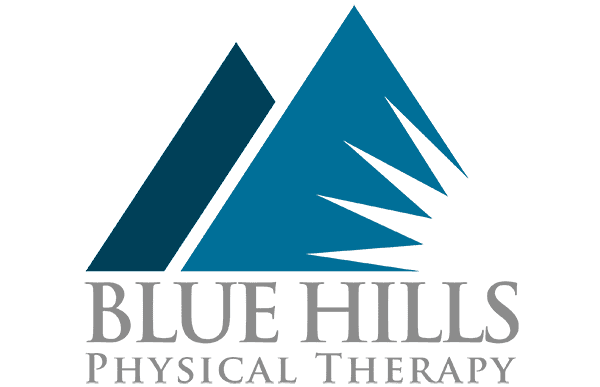1.) Roman Chair: The Roman Chair is a great exercise for strengthening the erector spinae muscles in your lumbar spine, gluteal muscles and your hamstring muscles: three key components of your extensor chain that support your spine. The Roman Chair allows you to work against gravity, with the use of a percentage of your own body weight to both statically and dynamically strengthen these important spine stabilizers. I generally have someone start with a 30 second static hold in an extended position, then I would have them perform 5 repetitions of “up and downs”, lowering their upper body slowly and then slowly returning to the starting position. I will then generally progress them :15 seconds per week, until they increase to a 2 minute static hold and also have them performing 10 repetitions of “up and downs”. This is a great way to keep your extensor chain in great shape!
2.) Straight Legged Dead Lifts: This is an exercise that should be part of everyone’s training program, not just for low back pain patients. The old theory was that bending from the waist and lifting would be a sure way to herniate a disc. Well, this has been disproven and it has been shown that you exhibit the same amount of pressure on a disc with a normal squat position lift as you would with a bent over lift. Let’s face it, we all lift things like this anyway, so we might as well strengthen ourselves to be able to do it! The key muscles you strengthen here are your hamstrings and your lumbar erector spinae: the key components for lifting. You want to start with a weight that is comfortable to complete 2 sets of 10 with, then gradually increase the weights as your strength increases. Your hamstrings and low back will be a little sore when you start these for the first time, so expect it.
3.) Alternate Arm and Leg Lifts: This is a great exercise for strengthening all the major support muscles of your upper back, mid back, low back, hamstrings and gluteal muscles. Additionally you get some strengthening of your multifitus muscles, which are rotation stabilizing muscles of your spine (often overlooked in strength training programs). You can do this exercise on a mat, starting or your hands and knees, or you can use a physioball to increase the difficulty a little bit. Start with 2 sets of 10 on each side and gradually progress your repetitions. If you can get to 2 sets of 20 with ease, try adding some light cuff weights to your wrists and ankles to increase the intensity.
4.) Planks: In order to have a healthy back, it’s important to also have a good strong abdominal muscle group. The lumbar spine musculature works in concert with your abdominal muscles to complete a strong cylinder of support around your torso. A weakness on either side can lead to imbalances. The plank is a very effective way to get a maximal amount of abdominal muscle contraction with a minimum amount of repetitive movement. Start with 20 second holds for a few repetitions and then try to gradually build up to holding multiple repetitions for a minute or more! There are a number of variations of the standard plank that you can try if these get easy for you, but the standard plank is a great place to start!
5.) Side Planks: To round out your strength training program for a healthy spine, you need to work your abdominal obliques and quadratus lumborum muscles, both being lateral flexors of the spine. A side plank or lateral plank gets this job done similarly to a front plank: maximum recruitment of muscle with a minimum of repetitive motion. Progress the same way as a traditional plank, starting with a few for a :20 second hold and progress from there.
There are many other exercises that you can perform to strengthen your low back, but these are my five favorites. Before starting any exercise program it is always a good idea to check with your MD or a licensed physical therapist. If you have any questions about these exercises or would like some progressions you can contact Michael Vacon, PT at [email protected]
